WESTERN BHUTAN
Western Bhutan is the heartland of the Drukpa people. It consists of various ancient trails great for trekking or simply admiring the spectacular view of the Himalayan peaks framed by chortens and prayer flags. The few districts that are popular with tourist are Thimphu, Paro, Haa, Punakha and Wangdue.
Thimphu, the permanent capital of Bhutan since 1955 is the center of government, religion and commerce. The town lies in the broad, fertile valley of the Wang Chu River at an altitude of 7600 feet. The harmonious mix of modern development with ancient traditions makes it a unique town. Thimphu has grown by leaps and bounds in the last decade and a half, and today it is home to government civil servants, expatriates and the monk body. It also maintains a strong national character in its architectural style.
Among weeping willows and terraces of rice paddies on the banks of Wang Chu, stands the Tashichho Dzong, the throne room of His Majesty the King of Bhutan, government ministries, the nation’s largest monastery and head quarters of his holiness the Je Khenpo (head of the monastic body) and the monk body. The National Assembly Hall is located in a new building across the river. Next to the Palace is Bhutan’s only golf course.
Other places of interest in Thimphu are Bhutan’s national library, national textile museum, folk heritage museum, Institute of Zorig Chosum, National Memorial Chorten, Simtokha Dzong, Changangkha Lhakhang, the National Institute of Traditional Medicine, and Zangtopelri.
Highlights:
- When travelling by air you will arrive to Bhutan via one of the world most challenging airports.
- Bhutan’s most iconic monastery – the cliff hanging Taktshang Geomba known as Tiger Nest at Paro.
- Paro Dzong has the most impressive and finest example of Bhutanese architecture.
- Kyichu Lhakhang is one of Bhutan’s oldest and most beautiful temples.
- Tashichho Dzong, known as Summer Palace, can be found in the heart of Bhutan.
- Serene and beautiful Phobjikha Valley is home to endangered species such as black-necked cranes.
Sites
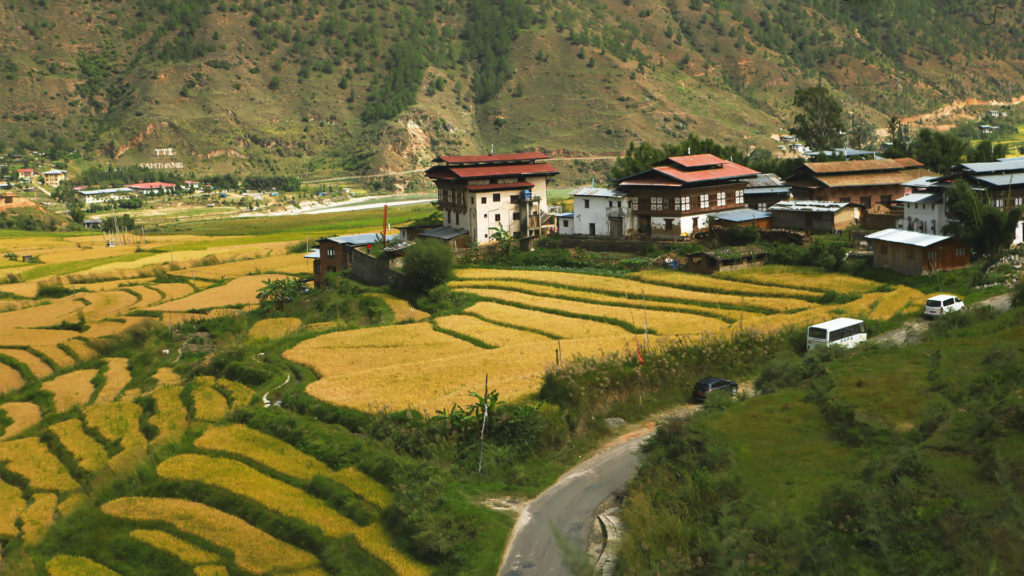
Haa
Located in South West of Paro and covering an area of roughly 1706 sq.km, Haa is the smallest Dzongkha in the country. This tiny region is one of the most beautiful and isolated areas in the kingdom, adorned with pristine alpine forests and tranquil mountain peaks.
Haa is the ancestral home of the Queen Grandmother and the illustrious Dorji family. This valley remains one of the least visited areas in the country and retains the air of an unspoiled, primeval forest. The wooded hill of Haa provides an ideal location for hiking and mountain biking. Biking around the valley to visit the dozen or so local temples is an enjoyable way to spend the day when visiting.
Home to a number of nomadic herders, Haa is host to the annual Summer Festival that showcases the unique lifestyle and culture of the Bhutanese. The festival is an ideal occasion to immerse yourself into the traditions and unchanged lifestyles of nomadic Bhutanese herders, as well as sample some delectable Haapi cuisine.
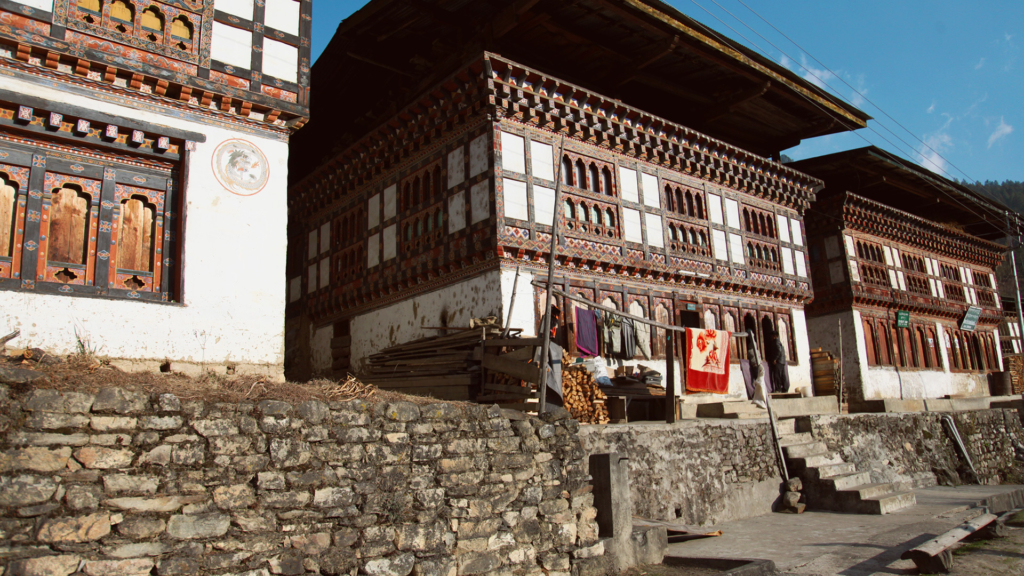
Haa Town
Developed along the Haa Chu River, this town can be divided into two distinct sectors: the Northern part of town, which has the central bazaar, main shops and restaurants; and the Southern half of the town which is occupied by both an IMTRAT (Indian Military Training Team) camp and a Bhutanese army training camp. Rather uniquely, Wanghulo Dzong is located inside the IMTRAT compound. This is one of newer dzongs constructed in 1913.
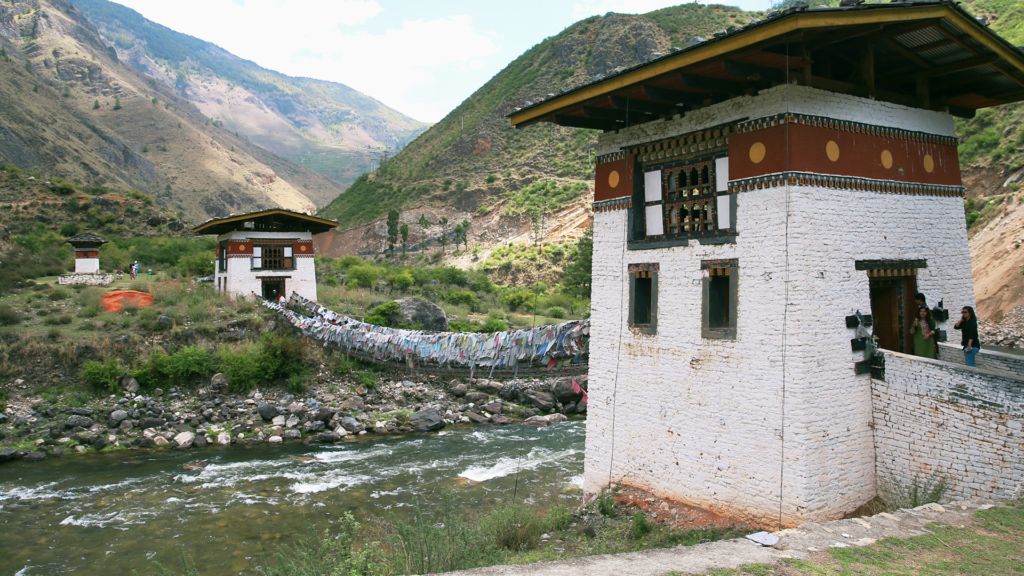
Paro
The most beautiful of all Bhutan’s valley is a living cultural centre, which encapsulates within itself rich culture, scenic beauty and hundreds of myths and legends. Paro Valley is home to many sacred monasteries, temples, national museum and the country’s only airport. Meanwhile, Mount Jhomolhari reigns in glory at the northern end of the valley and its glacial waters plunge through deep gorges to form the Pachu (Paro River).
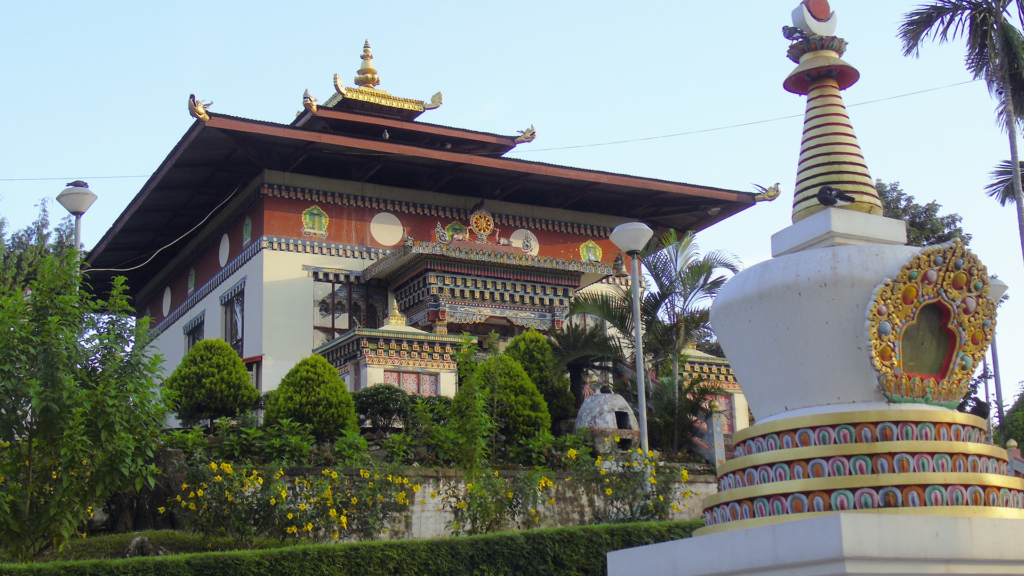
Phuntsholing
This small modern town in the south is the gateway to Bhutan. It is a thriving commercial centre on the northern edge of the Indian plains. Situated directly at the foothills and sharing the border with India, Phuntsholing serves as the convenient entry and exit point for Bhutan and is also an important link to visit the Indian state of West Bengal, Sikkim and Assam.
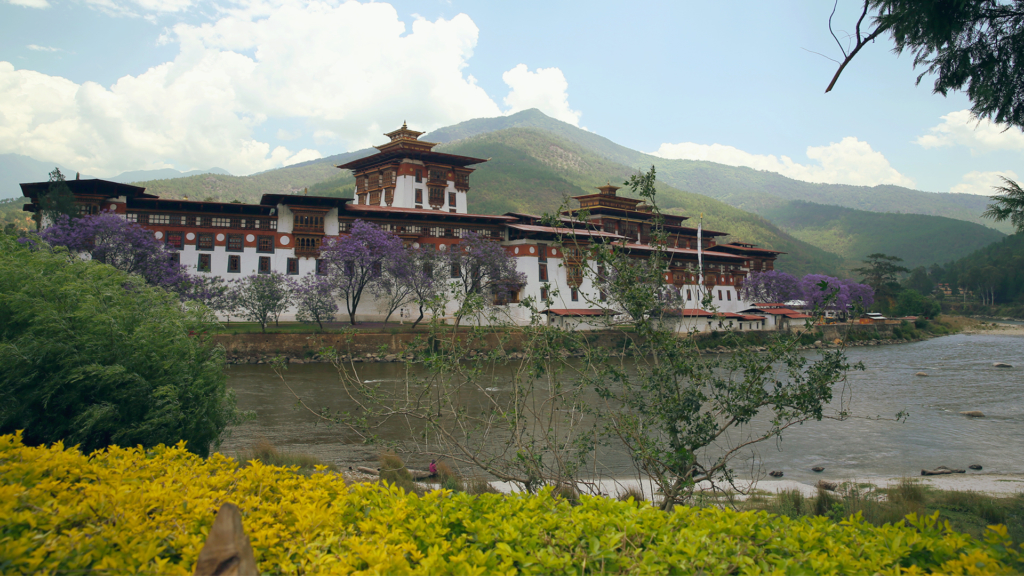
Punakha
Two hours drive from the capital city of Bhutan; Punakha is one of the most fertile valleys in Bhutan, abundant with crops and vast terraces of rice fields. Punakha served as the capital of Bhutan until 1955 and is still the winter seat of Je Khenpo (chief abbot). There are splendid view of the distant Himalayas at Dochula pass (alt 3,100) on Thimphu-Punakha road.
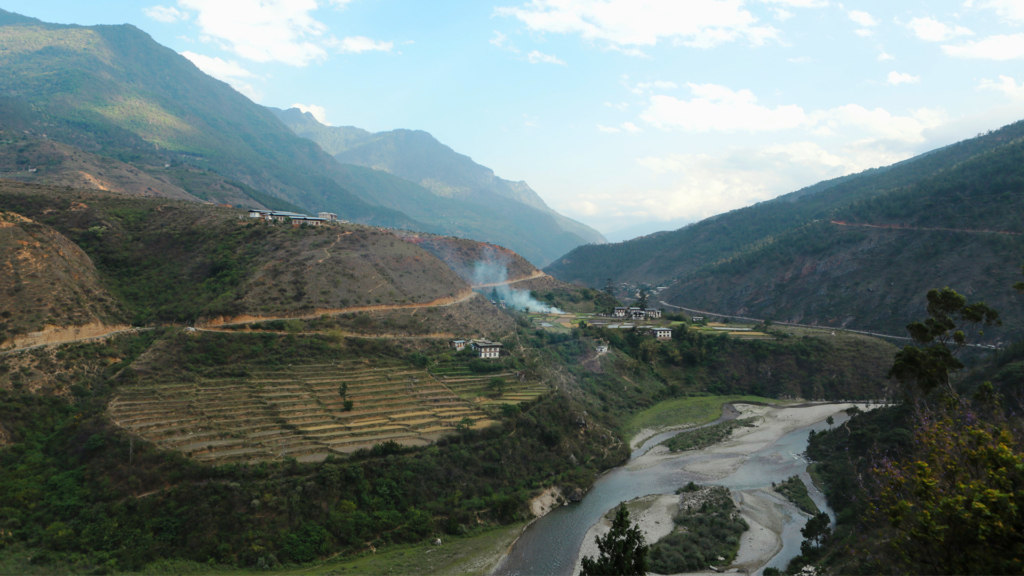
Wangduephodrang
The valley of Wangduephodrang lies on the east-west traverse road beyond Thimphu. Wangduephodrang is like an enlarged village with a few well-provided shops. Located towards the south of Punakha, the higher end of the Wangduephodrang Valley are rich cattle pastures. This district is also famous for its fine bamboo work and slate and stone carvings.
Point of Interest
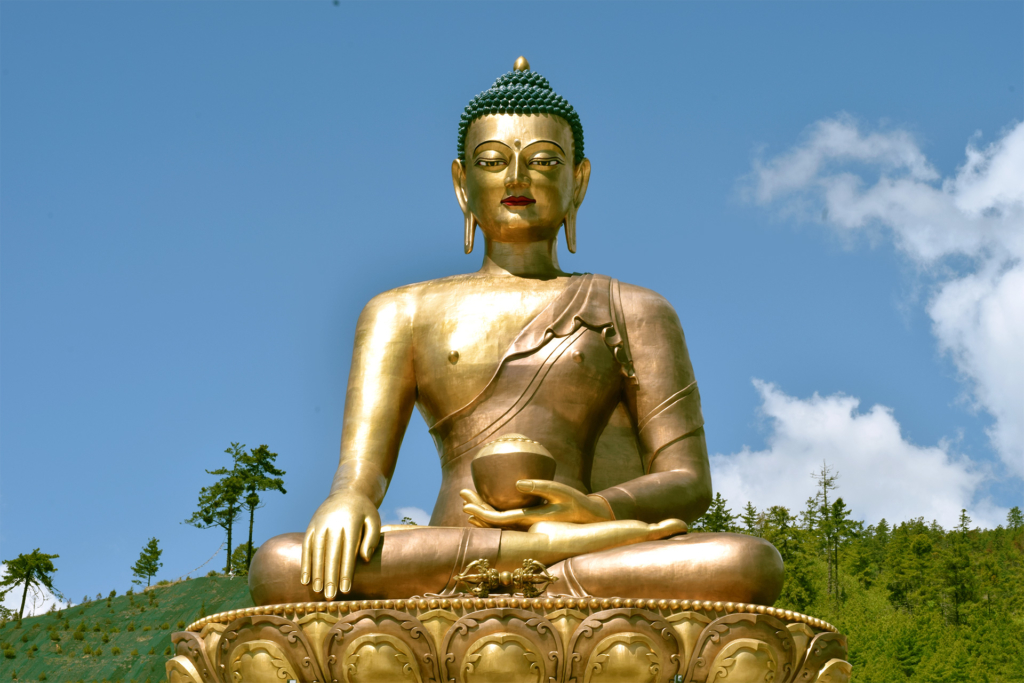
Buddha Dordenma
This massive statue of Shakyamuni measures in at a height of 51.5 meters, making it one of the largest statues of Buddha in the world. The statue is made of bronze and is gilded in gold. 125,000 smaller Buddha statues have been placed within the Buddha Dordenma statue, with 100,000 of them 8 inches tall and 25,000 of the remaining 12 inches tall respectively. Each of these thousands of Buddha have also been cast in bronze and gilded. The throne that the Buddha Dordenma sits upon is a large meditation hall.
The Buddha Dordenma is located atop a hill in Kuenselphodrang Nature Park and overlooks the Southern entrance to Thimphu Valley. The statue fulfills an ancient prophecy dating back to the 8th century A.D. that was discovered by Terton Pema Lingpa (Religious Treasure Discoverer) and is said to emanate an aura of peace and happiness to the entire world.
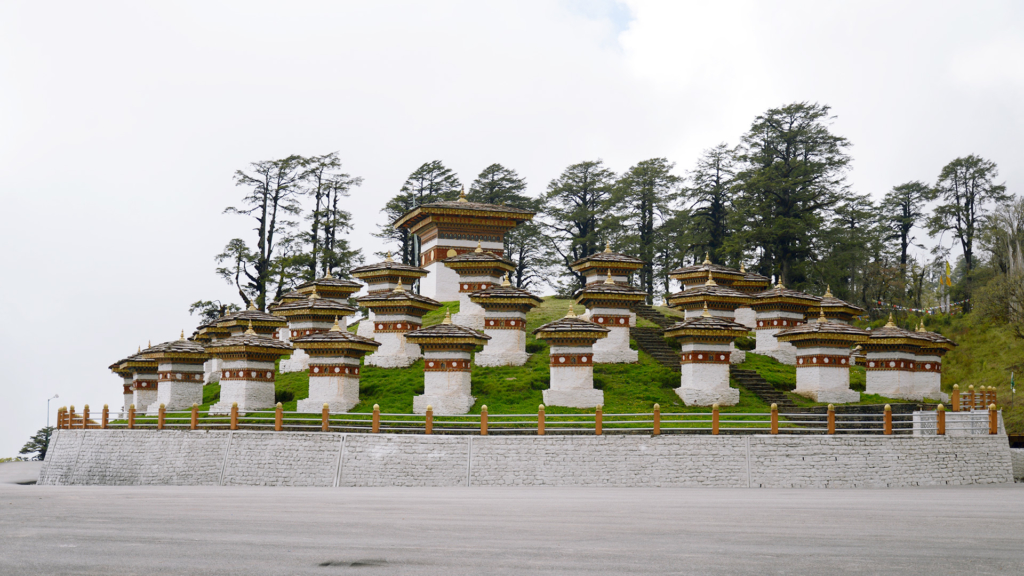
Dochula Pass
Dochula Pass is located on the way to Punakha from Thimphu. The pass is a popular location among tourists as it offers a stunning 360-degree panoramic view of the Himalayan mountain range. The view is especially scenic on clear, winter days with snowcapped mountains forming a majestic backdrop to the tranquility of the 108 chortens gracing the mountain pass.
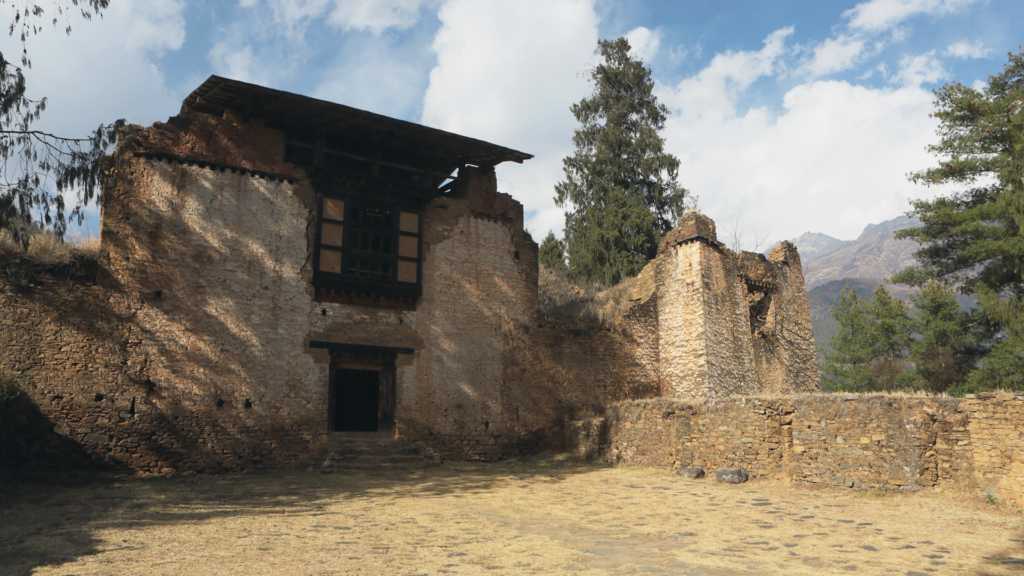
Drukyel Dzong
Drukyel Dzong, now in ruins, was built by Zhabdrung Ngawang Namgyal to commemorate an early military victory. The name of the Dzong means “Victorious Druk.” The glory of Drukgyel Dzong still remains even when it was destroyed by fire in 1951. From the village below the Drukgyel Dzong at the northern end of the valley, one can enjoy the commanding view of Jhomolhari peak.
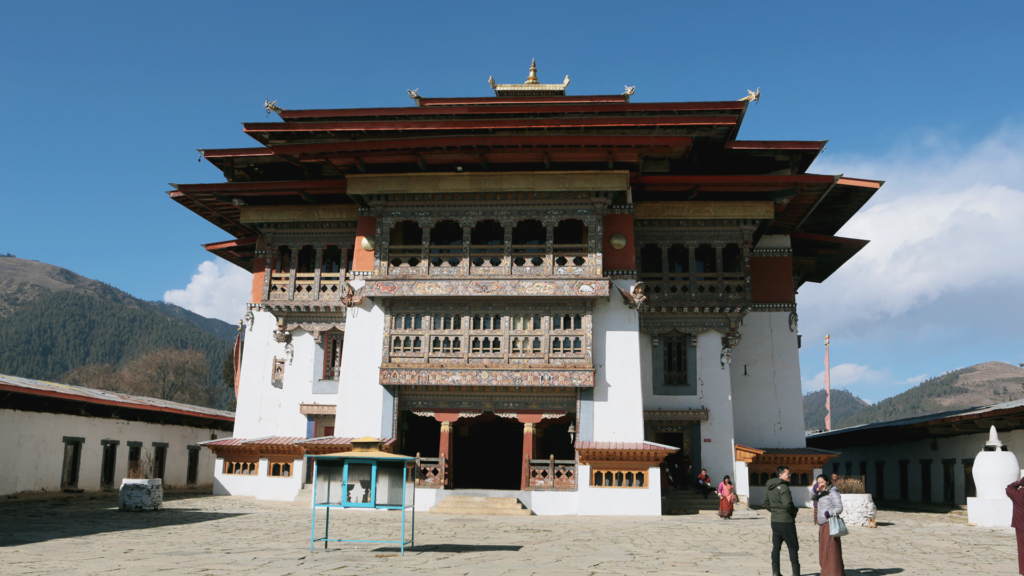
Gangtey Goemba
Facing towards the east of Wangduephodrang, Gangtey Goemba provides one of the most spectacular attractions in Bhutan which dates back from the 17th century. A few kilometers past the Goemba, on the valley floor, is the village of Phobjikha, the winter home of the black-necked cranes that migrate from arid plains in the north to pass winter in milder and lower climate.
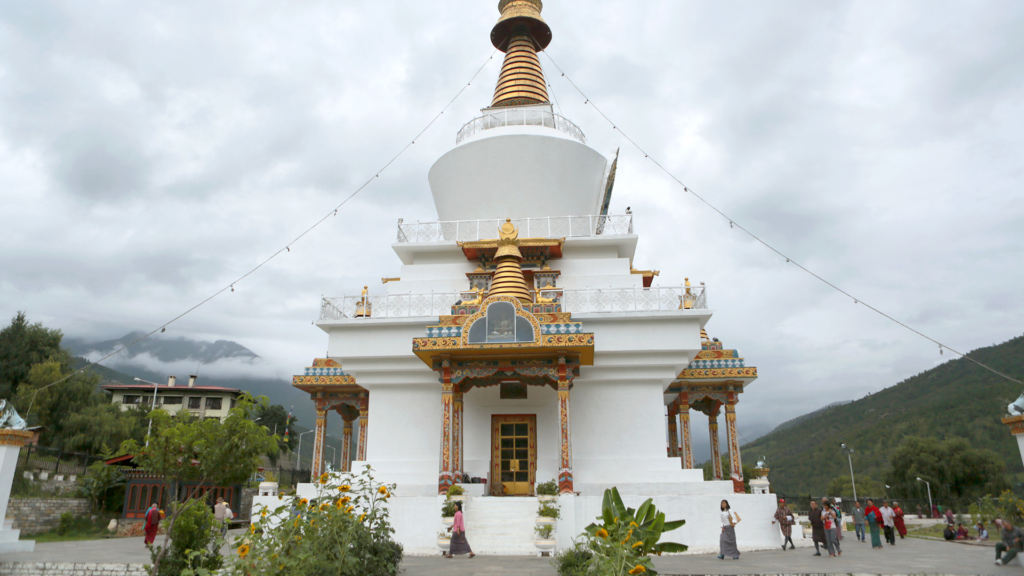
National Memorial Chorten
Visitors will find elderly Bhutanese people circumambulating the chorten throughout the day. Chorten literally means “Seat of Faith” and Buddhists often call such monuments, the “Mind of Buddha”. The chorten is an extraordinary example of Buddhist architecture and artwork with its gorgeous paintings and intricate sculptures.
The chorten is a large white structure crowned with a golden spire. It is located close to the center of Thimphu city and is one of its most iconic monuments.
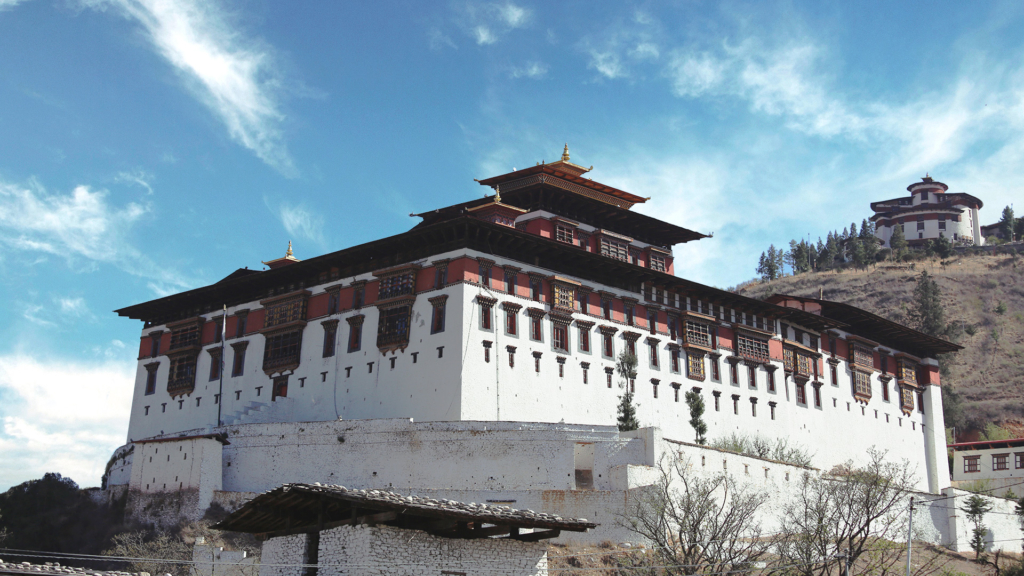
Ringpung Dzong
Ringpung Dzong has a long and fascinating history. At the beginning of the tenth century, Guru Padmasambhava built a small monastery on the site and later in 1646, Zhabdrung Ngawang Namgyal built a larger monastery on the old foundations. Also known as Heap of Jewels, visitors have to get to the Ringpung Dzong through a traditional bridge called the Nemi Zampa. A good view of the architectural wonder of the Dzong can be seen while crossing the bridge. The four-day Spring Tshechu of mask dances and folk entertainment is usually held in the dzong.
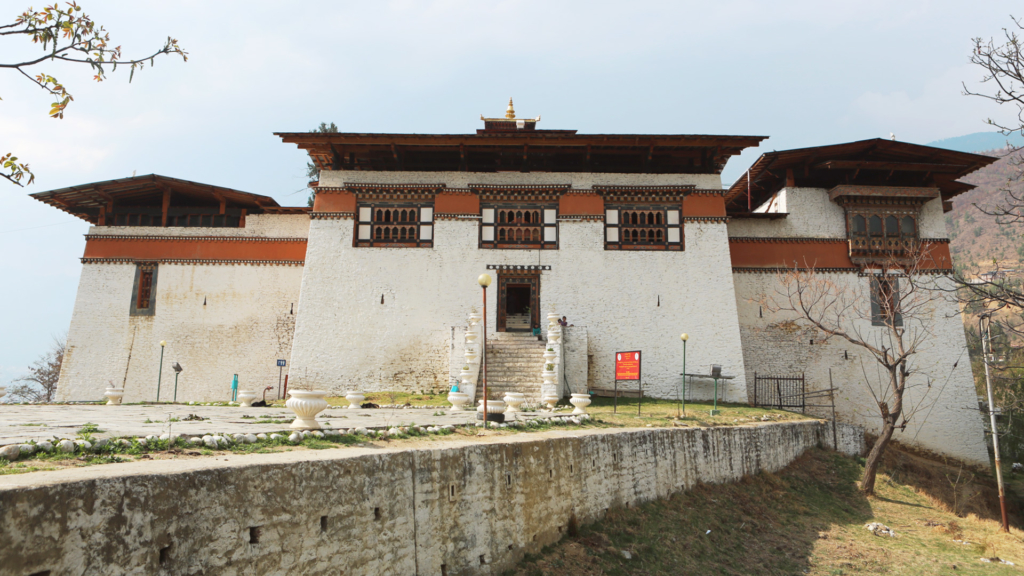
Simtokha Dzong
The name Simtokha literally means “Atop a Demon”. Legend associated with the Dzong’s construction tell us that it was built in order to subdue an evil spirit that was harassing travellers in the regions.
The Dzong was modeled after the Gyal Gyad Tshel Institute of Ralung (Tibet) and is quite distinctive as its Utse or Central Tower has 12 sides. A large statue of Yeshay Gonpo (Mahakala) the chief protective deity of Bhutan is housed inside the Utse. Another interesting aspect of the Dzong is that it contains the bedchambers of both Zhabdrung Ngawang Namgyel and Jigme Namgyel, two of the most important figures in Bhutanese history. Zhabdrung was the leader that first united Bhutan as a nation and Jigme Namgyel was the father of the first King of Bhutan Ugyen Wangchuck.
The Dzong houses countless statues and paintings of various Buddha, deities and religious figures including The Eight Manifestations of Guru Rinpoche, Jampelyang the Bodhisattva of Wisdom, Shakya Gyalpo the Buddha of Compassion and many more, all carved and painted in exquisite detail.

Takhshang Monastery
Takhshang literally mean Tigers Nest (it clings to a sheer 3000-foot rock face), an allusion to the popular legend that Padmasambhava flew here from Tibet on the back of a tiger. Built in harmony with natural features of its site, this 300-year-old retreat goes well by its virtuous name the “Temple of Heaven.”
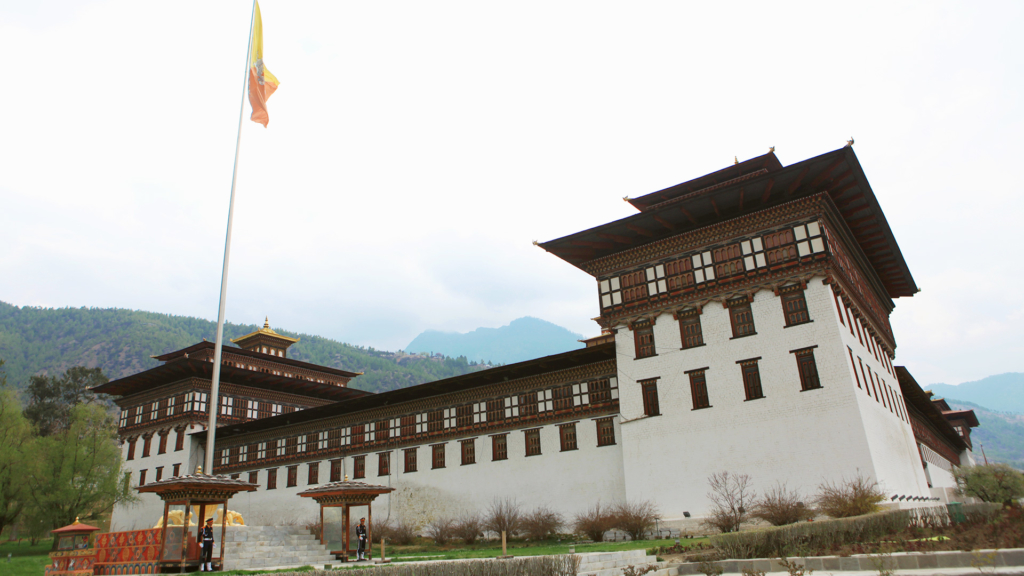
Tashichho Dzong
Zhabdrung Ngawang Namgyal acquired the Tashichho Dzong in 1641, but finding it too small, he built another one, known as the Lower Dzong. The original Dzong was destroyed by fire in 1771 and, as a result, everything has been moved to the lower dzong. The new building was later expanded several times over the years. It was damaged in an earthquake in 1987 and rebuilt in 1902. King Jigme Dorji Wangchuck had it completely renovated and enlarged over five years in 1952 using traditional methods with neither written plans nor nails after he moved the capital to Thimphu.
Tashichho Dzong has been the seat of the government since 1952 and presently houses the throne room and offices of the King, the secretariat and the ministries of home affairs and finance. Other government departments are housed in buildings nearby. The Dzong is located close to Thimphu town, next to the banks of the Wangchhu River. It is an impressively large structure, surrounded by well-kept lawns and beautiful gardens.

Tashichho Dzong
At the confluence of the Pho Chu and Mo Chu stands the Wangduephodrang Dzong, which for many centuries has been the seat of the one of the most powerful Dzongpons. Wangduephodrang Dzong is the town’s most visible attraction. The Dzong is open for visitors during Wangduephodrang Tshechu, celebrated in autumn.

Kyichu Lhakhang
Kyichu Lhakhang is one of the old establishment and most sacred lhakhang of the country (the other one being the Jambey lhakhang in Bumthang) dates back to seventh century. The Tibetan King Songtsen Gampo built the central temple and a golden roof added to the monastery. The Queen Mother Ashi Kasang Chodron later built a new lhakhang of the same style.

Punakha Dzong
Punakha Dzong, the ancient capital of Bhutan, is set on a piece of land right above the junction where the rivers Pho Chu and Mo Chu meet. Built by Zhabdrung Ngawang Namgyal in the year 1637, this sacred Dzong has played many important parts in the country’s life, both in civil and religion. Punakha Dzong suffered devastation as a result of floods, four catastrophic fires and an earthquake. Nevertheless, the dzong has been fully restored by the fourth king, Jigme Singye Wangchuk, and is now open to visitors during the Punakha festival and in the summer months when the monk’s body moves to Thimphu.

Ta Dzong (PARO)
Punakha Dzong, the ancient capital of Bhutan, is set on a piece of land right above the junction where the rivers Pho Chu and Mo Chu meet. Built by Zhabdrung Ngawang Namgyal in the year 1637, this sacred Dzong has played many important parts in the country’s life, both in civil and religion. Punakha Dzong suffered devastation as a result of floods, four catastrophic fires and an earthquake. Nevertheless, the dzong has been fully restored by the fourth king, Jigme Singye Wangchuk, and is now open to visitors during the Punakha festival and in the summer months when the monk’s body moves to Thimphu.

Gangtey Goemba
Towards the east of Wangduephodrang, Gangtey Goemba provides one of the most attractions in Bhutan.it dates back to the 17th century. A few kilometers past the Goemba, on the valley floor is the village of Phobjikha. This is the winter home of the black-necked cranes that migrate from the arid plains in the north to pass winter in milder and lower climate.

